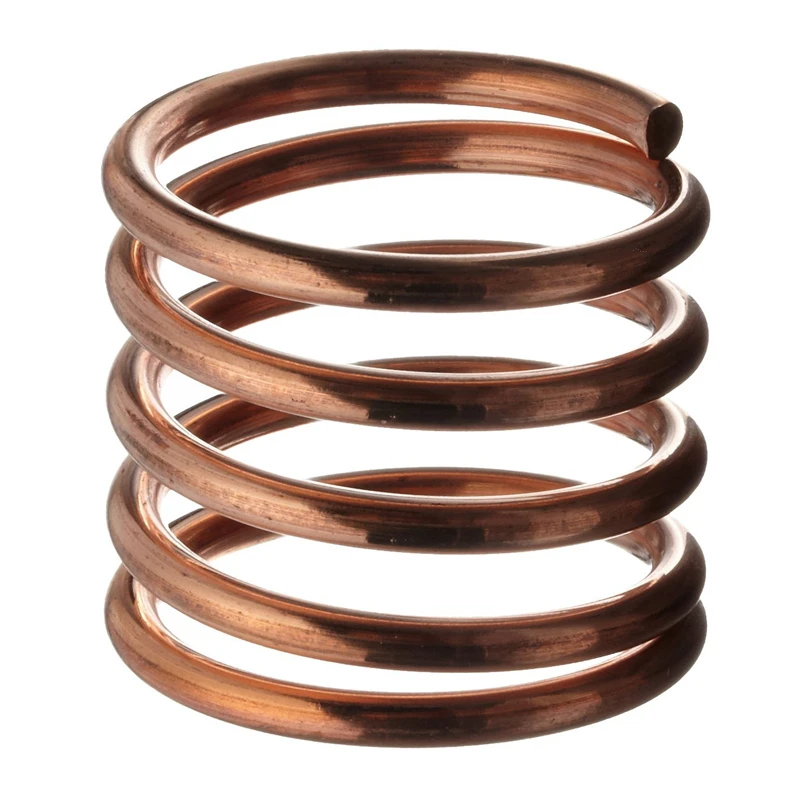
- Mobile Phone
- +8613931874955
- sales@cntcmetal.com
feb . 16, 2025 02:52
Back to list
Hexagonal Wire Netting
Understanding the Factors Influencing the Price of Chicken Mesh
Technological advancements in production processes can affect the price of chicken mesh. Manufacturers employing modern technology may reduce production costs, offering competitive pricing or improved product quality. Automation in wire drawing and coating, for instance, enhances efficiency and output, potentially lowering consumer prices. When evaluating suppliers, understanding their production methodologies provides insight into the rationale behind pricing strategies, ensuring that purchasers make choices backed by technical and cost considerations. Geographic Variability and Import Costs Geographical factors prominently influence chicken mesh pricing. Locally produced mesh may incur lower transportation costs compared to imported alternatives, which can carry additional import tariffs and logistics expenses. Inclusivity of these added costs in the pricing structure is crucial for businesses relying on consistent supply. Often, engaging with local suppliers not only supports the domestic economy but also offers logistics advantages that cut down delivery times and associated costs. Brand Reputation and After-Sales Support Choosing a brand with a longstanding reputation for quality can impact the upfront cost of chicken mesh. Established brands might charge a premium, reflecting their reliability and assurance of quality. This reputation is fortified by robust after-sales support, such as warranties and customer service, which offers value-added benefits that may justify higher prices. Prioritizing brand quality over lesser-known alternatives can enhance long-term satisfaction and reduce potential replacement costs due to premature product failure. Environmental Impact and Sustainability Initiatives Environmental considerations are increasingly influencing production and pricing. Consumers today are more informed and tend to favor products with sustainable production practices, even at a higher price point. For chicken mesh, this might include sourcing eco-friendly materials or employing processes that minimize environmental impact. Brands committed to sustainability often communicate these efforts transparently, cultivating trust and loyalty among eco-conscious consumers. Determining the cost of chicken mesh involves an intricate balance between qualitative factors and market-induced variables. Understanding these elements not only aids in cost-effective purchasing but also aligns choices with company values and operational needs. By analyzing each aspect critically and keeping abreast with industry trends, one can navigate the complexities surrounding chicken mesh prices with expertise and confidence. Such informed decision-making not only ensures procurement of the most suitable product but fortifies a business with durable and economical resources tailored to its precise needs.

Technological advancements in production processes can affect the price of chicken mesh. Manufacturers employing modern technology may reduce production costs, offering competitive pricing or improved product quality. Automation in wire drawing and coating, for instance, enhances efficiency and output, potentially lowering consumer prices. When evaluating suppliers, understanding their production methodologies provides insight into the rationale behind pricing strategies, ensuring that purchasers make choices backed by technical and cost considerations. Geographic Variability and Import Costs Geographical factors prominently influence chicken mesh pricing. Locally produced mesh may incur lower transportation costs compared to imported alternatives, which can carry additional import tariffs and logistics expenses. Inclusivity of these added costs in the pricing structure is crucial for businesses relying on consistent supply. Often, engaging with local suppliers not only supports the domestic economy but also offers logistics advantages that cut down delivery times and associated costs. Brand Reputation and After-Sales Support Choosing a brand with a longstanding reputation for quality can impact the upfront cost of chicken mesh. Established brands might charge a premium, reflecting their reliability and assurance of quality. This reputation is fortified by robust after-sales support, such as warranties and customer service, which offers value-added benefits that may justify higher prices. Prioritizing brand quality over lesser-known alternatives can enhance long-term satisfaction and reduce potential replacement costs due to premature product failure. Environmental Impact and Sustainability Initiatives Environmental considerations are increasingly influencing production and pricing. Consumers today are more informed and tend to favor products with sustainable production practices, even at a higher price point. For chicken mesh, this might include sourcing eco-friendly materials or employing processes that minimize environmental impact. Brands committed to sustainability often communicate these efforts transparently, cultivating trust and loyalty among eco-conscious consumers. Determining the cost of chicken mesh involves an intricate balance between qualitative factors and market-induced variables. Understanding these elements not only aids in cost-effective purchasing but also aligns choices with company values and operational needs. By analyzing each aspect critically and keeping abreast with industry trends, one can navigate the complexities surrounding chicken mesh prices with expertise and confidence. Such informed decision-making not only ensures procurement of the most suitable product but fortifies a business with durable and economical resources tailored to its precise needs.
share:
Next:
Latest news
-
Yard Sign Stakes: Reliable Guardians of Outdoor SignsNewsAug.04,2025
-
Wall Ties: Invisible Guardians of Building StabilityNewsAug.04,2025
-
Resilient Web: The Super Guardian Power of Concrete MeshNewsAug.04,2025
-
Masonry Accessories: A versatile assistant on building foundationsNewsAug.04,2025
-
Iron Binding Wire: the 'invisible reinforcement specialist' in the fields of architecture and industryNewsAug.04,2025
-
Dynamic Spring: The diverse functions and excellent performance of Wire Tension SpringNewsAug.04,2025
-
Your Source for Concrete Wall Ties and Masonry AccessoriesNewsJul.10,2025




















